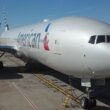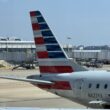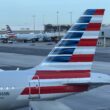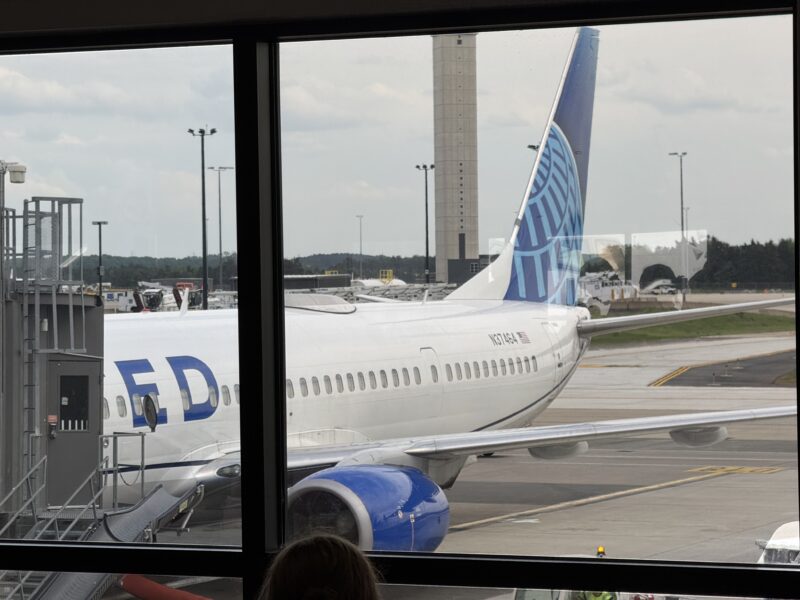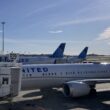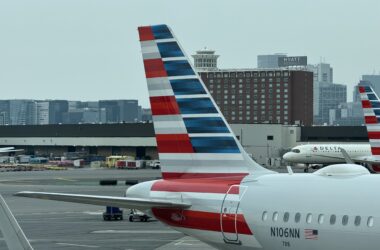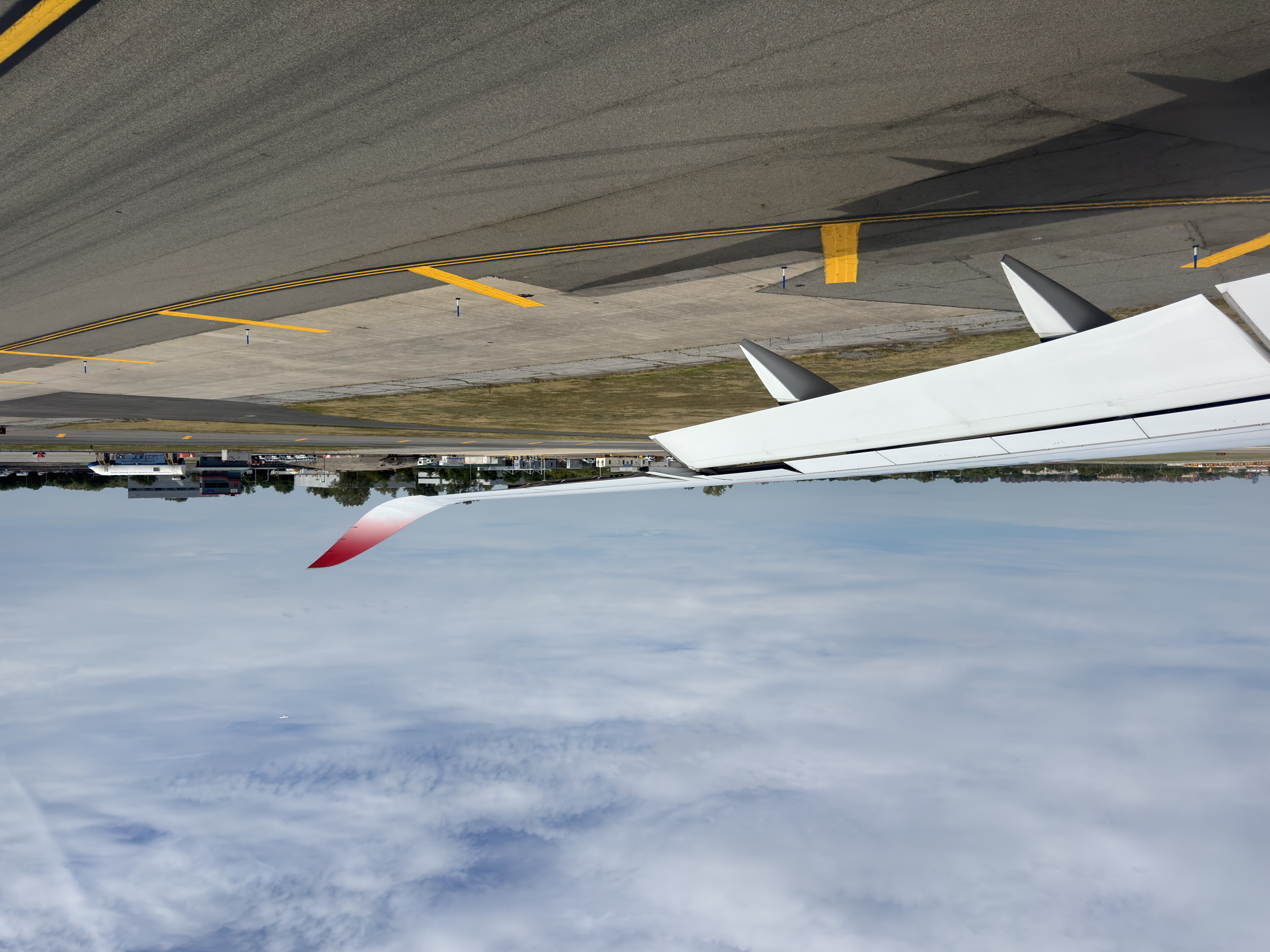We are now in May, and the summer travel season is coming. If one thing is for sure, air travel in the summertime can bring twists and turns.
Last July, I got into one of these storms and got stuck in Detroit for the night after a cancelled flight. I was exhausted after coming off of a 12 hour flight, not having slept for over 30+ hours, and having to change my destination from New York to Boston on the next day.
This stuff isn’t fun, but it’s part of summer travel. I got a stark reminder the other day when flying from Washington D.C. to Boston of what these storms can do to air traffic. Thunderstorms were present throughout the northeast US, and many airports saw ground stops and delays.
I was well prepared this time around though, and was able to dodge much of the worst. Here’s everything that happened.
Preparation During the Previous Night
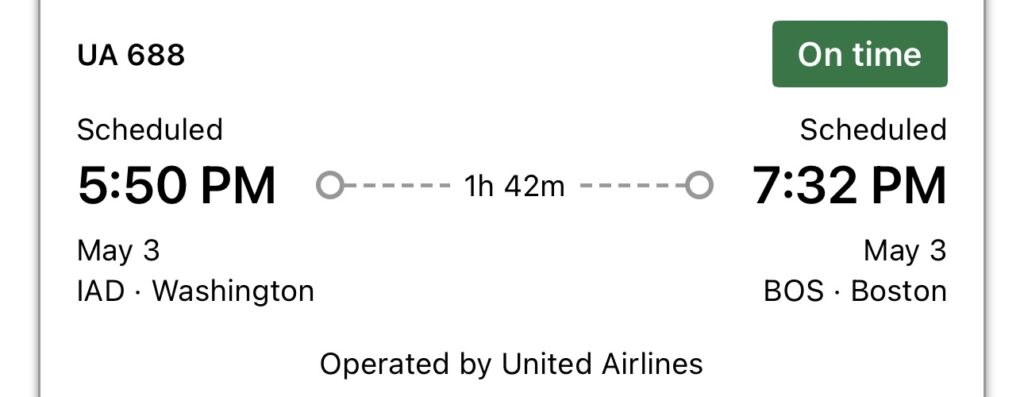
This was my scheduled flight on Saturday, May 3.
During the night before (Friday, May 2), I was scouting the FAA’s ATC advisories for the following day. I knew about a storm system that was going to be making its way east in the evening hours on Saturday, which was right around the time I was going to be flying.
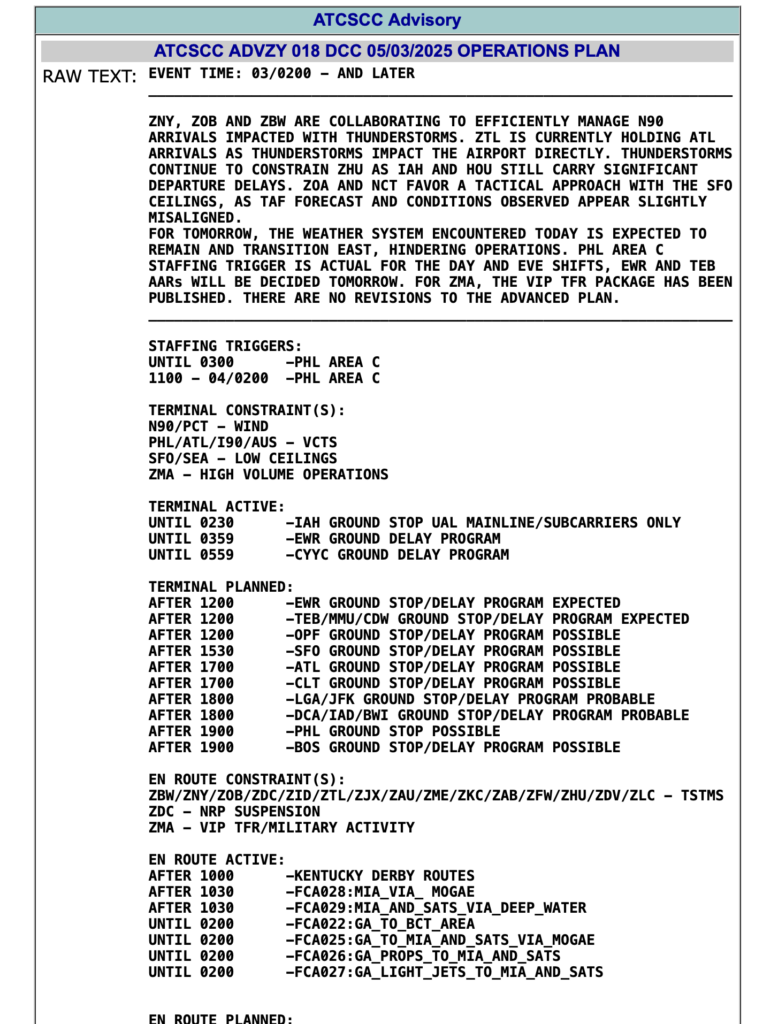
ATCSCC’s (Air Traffic Control System Command Center) text on Friday night noted that the “weather system encountered today is expected to remain and transition east, hindering operations” for Saturday. A ground stop program for Boston flights was listed as “possible” in the evening.
That, in addition to seeing the evening thunderstorms forecast in both DC and Boston, led me to put myself on the standby list for an earlier flight out of Dulles.
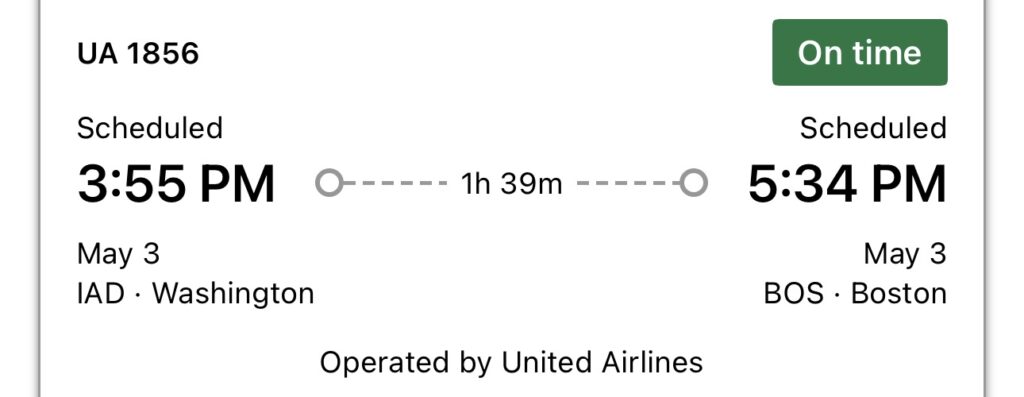
This flight was 2 hours earlier than my originally scheduled one. My hope here was that I could board this flight via standby and beat the storm coming towards us.

I was the only one on that standby list at this point. There were 4 others that joined the list later on, but I was number 1 the whole time.
My Fate at Dulles
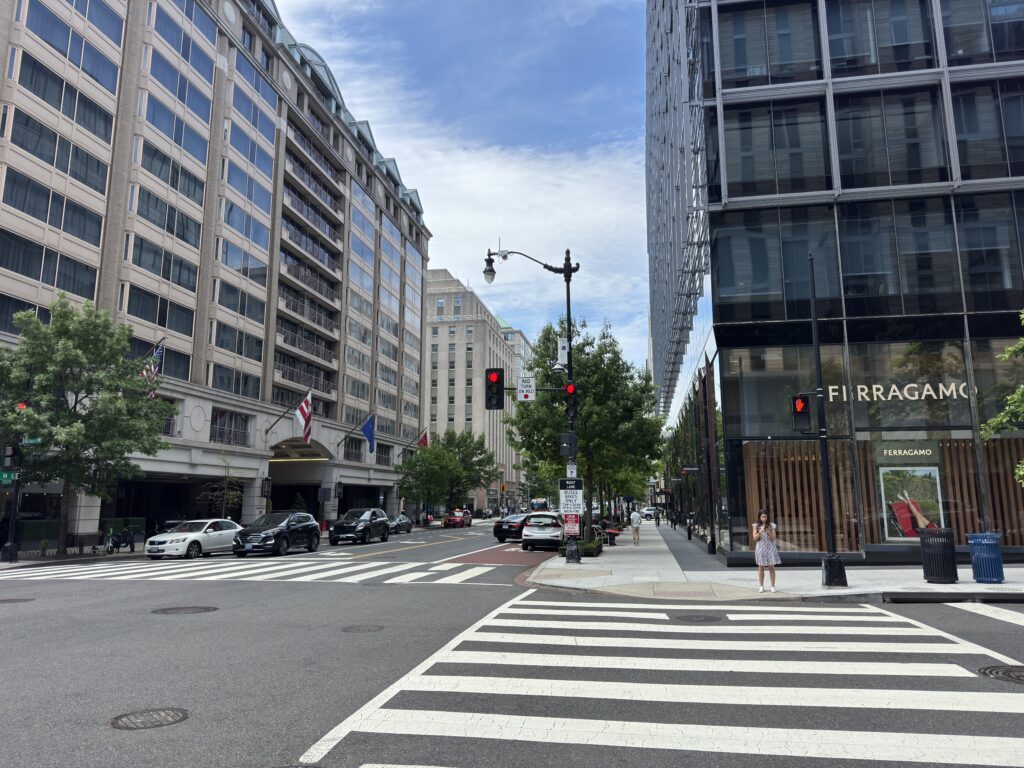
I headed to Dulles on the Silver Line a little after 1pm. I wanted to arrive with enough time for my standby flight.

I continued to monitor ATCSCC advisories, and the situation laid out last night wasn’t improving. It was looking more and more likely that the northeast would get hammered by the storm. The question here at this point wasn’t if, but when the storm would hit and affect air traffic.
I knew that I had a much better chance of getting to Boston the earlier I left DC. Everything came down to that standby flight.
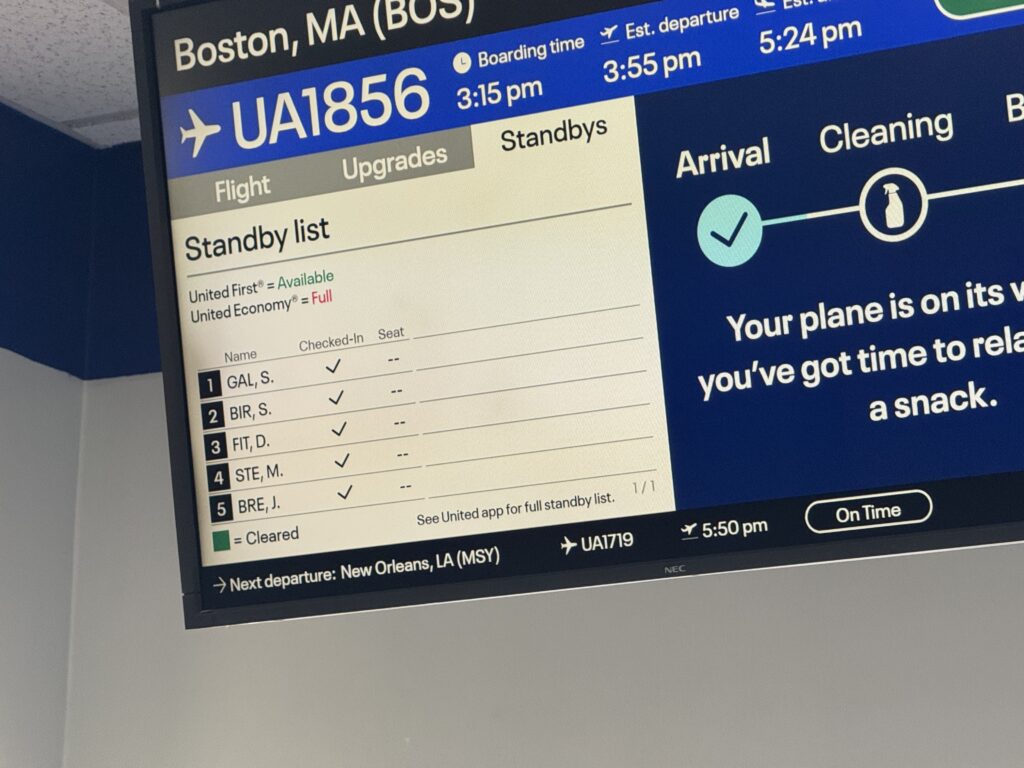
The flight was UA1856. I went to the gate agents prior to boarding to see how my chances were, to which I was told that it’s an oversold flight. Anything can happen on standby though, so I stayed patient.
Boarding began on time and went by quickly. Towards the end, they had two open seats left for us. As they got ready to get me on board, two of the last passengers came running down the concourse and barely made the flight. Just like that, my standby bid had failed.
Onto UA688.
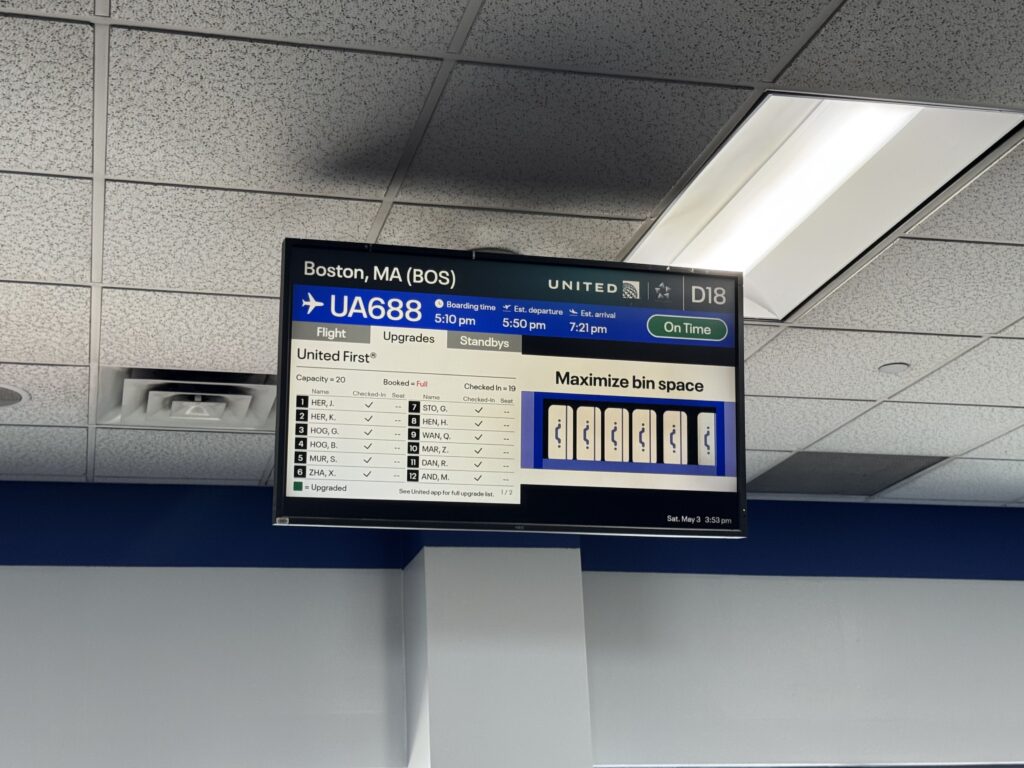
At this point, I knew my chances of getting to Boston had gotten slim. There was no ground stop in place at this point yet, nor had United announced any delays. However, the conditions weren’t getting any better and time was running out.
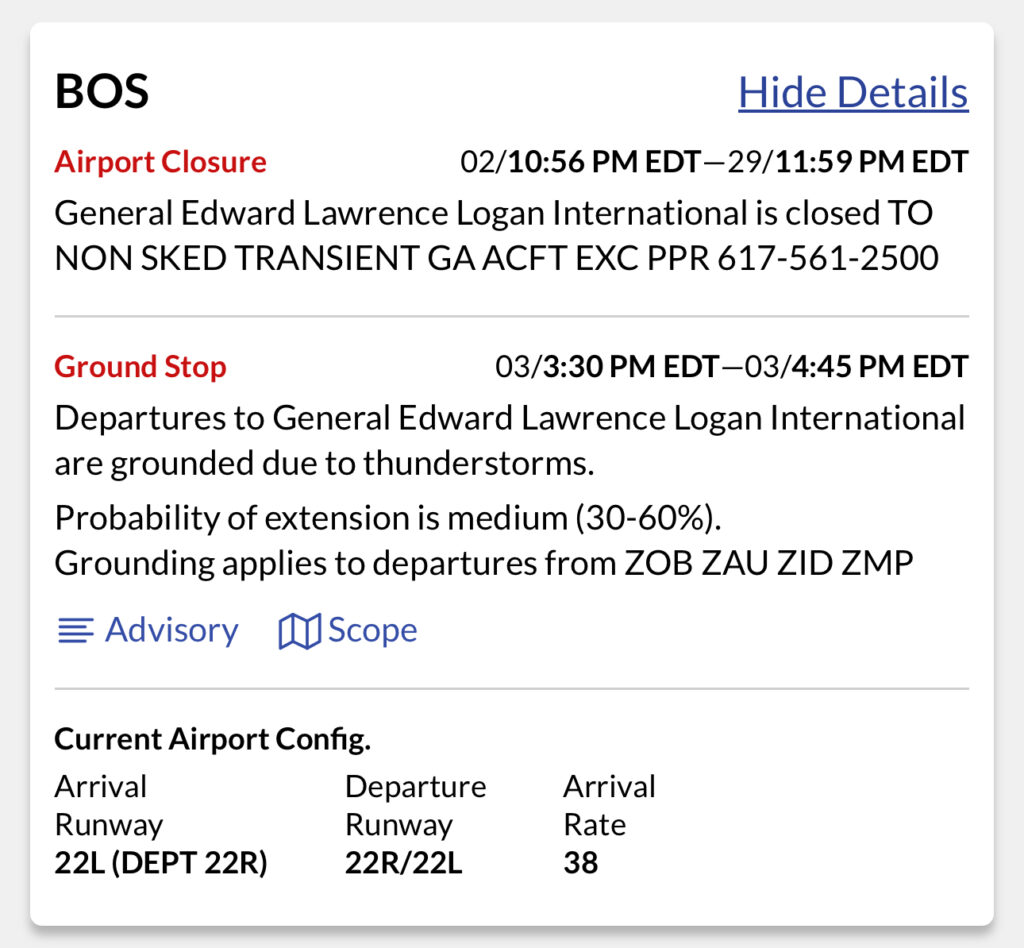
A ground stop appeared at around 3:30pm. However, it did not apply to departures from the DC area.
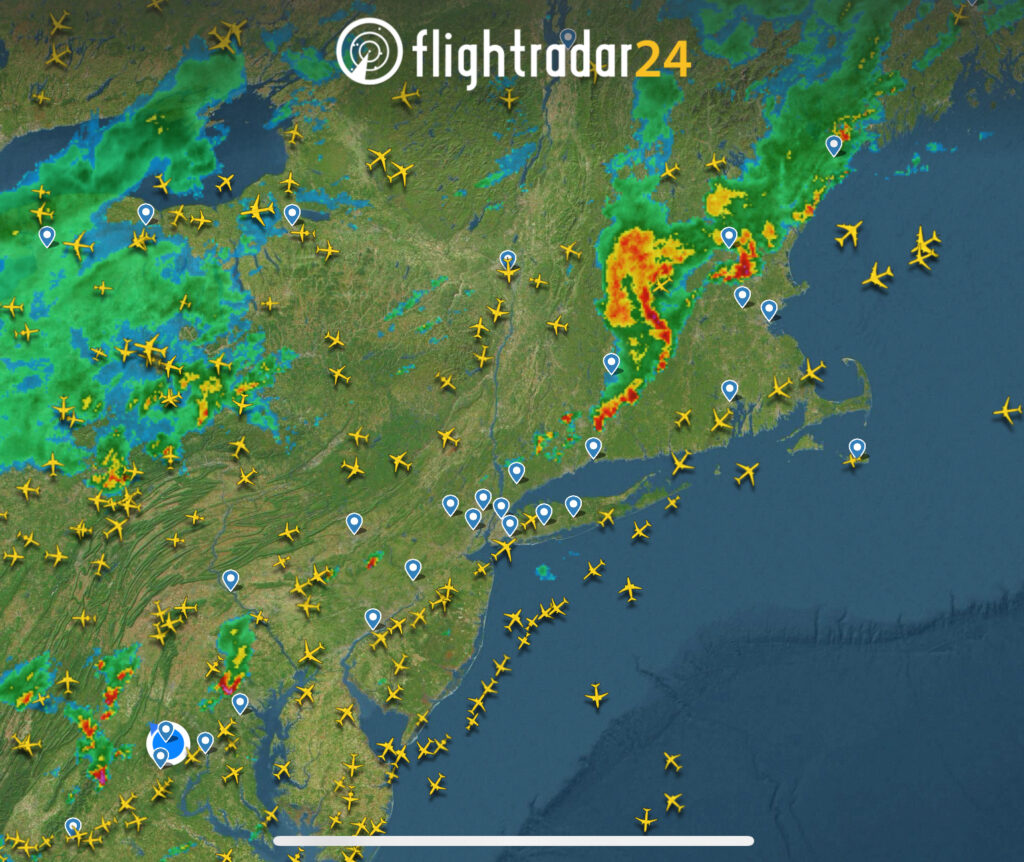
This was the weather radar at 4:45pm. Notice the storm system in southern New England, as well as storms around Virginia.

Meanwhile, boarding began for flight UA688.
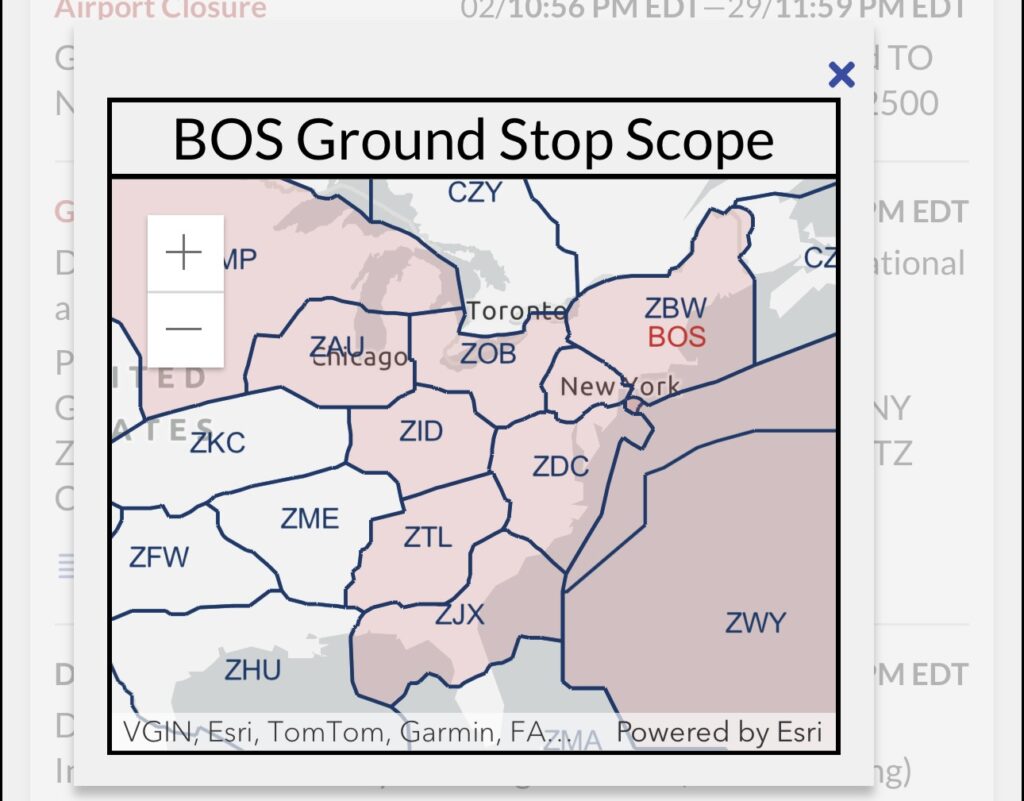
Right around this time though, the ground stop program for Boston expanded to include airports in the DC area (ZDC).
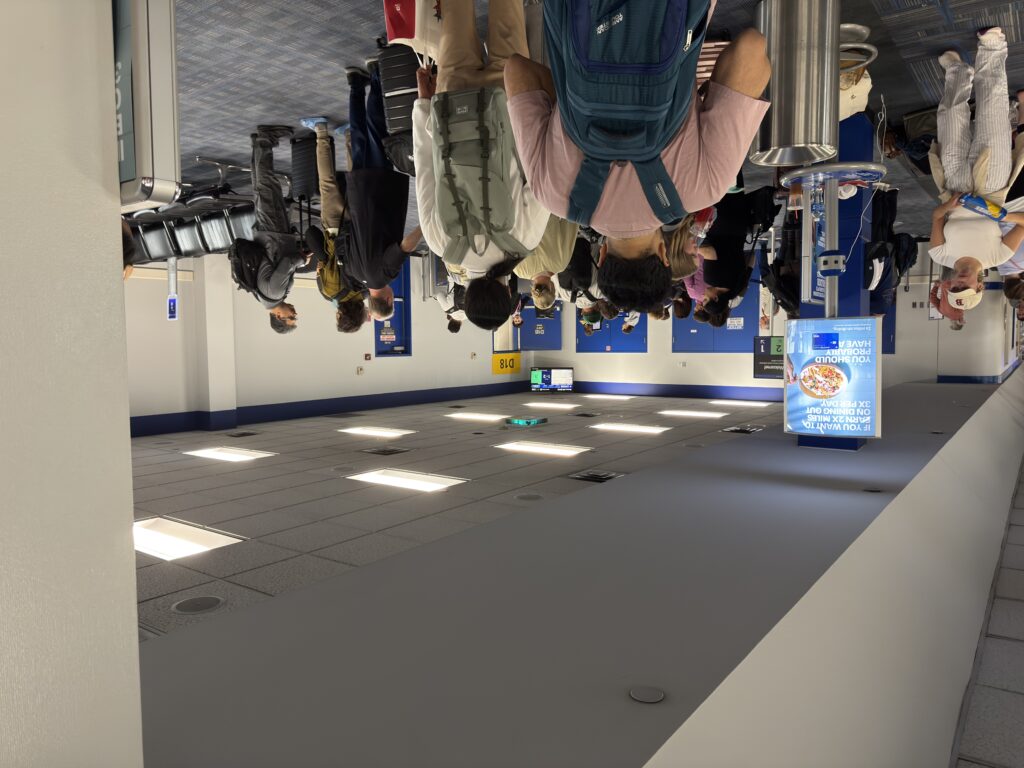
The flight was still boarding. It was still listed as on time, and I was probably one of the few, if not the only passenger knowing that this flight wasn’t going to go anywhere.
As I boarded, I said that “I have my doubts about this one.”
Next Stop: Nowhere
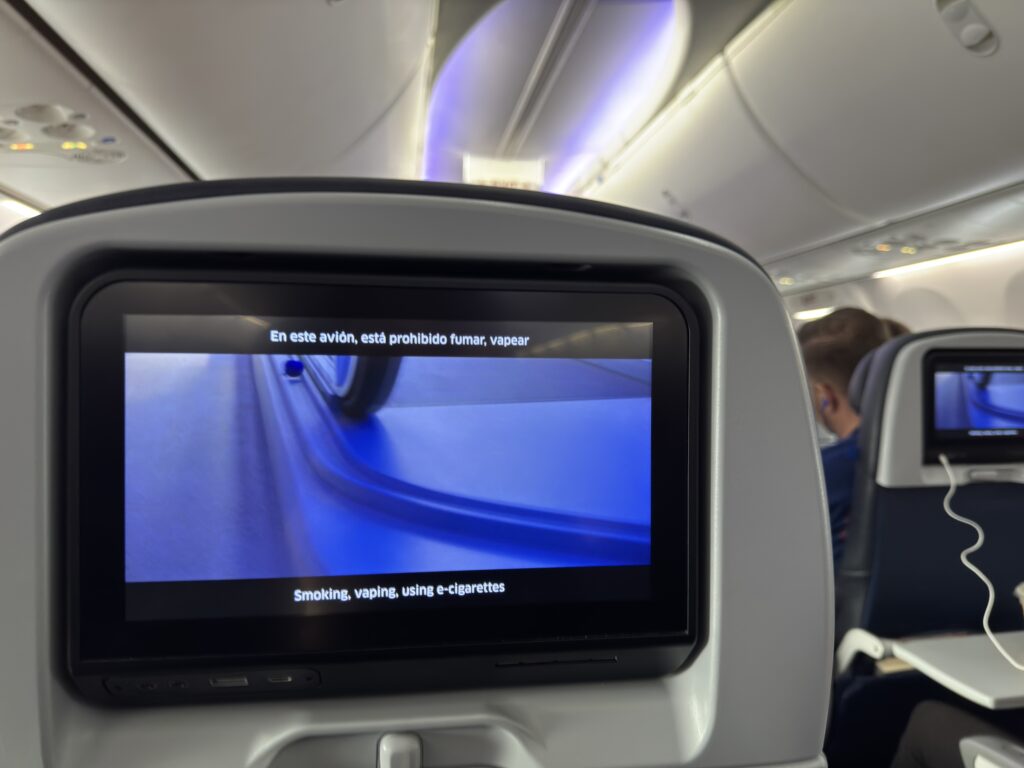
Everything seemed normal upon boarding. We sat down, the boarding door closed, and the safety video played.
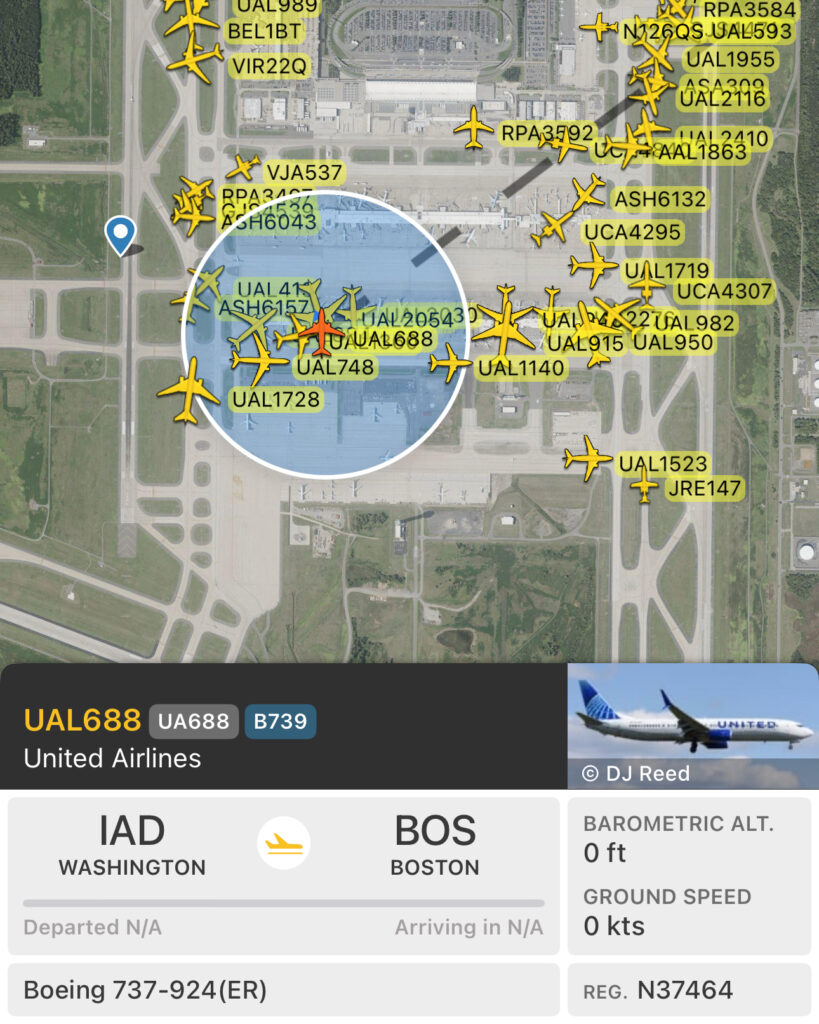
However, pushback never began. The jetbridge was disconnected, but we never got clearance to pushback due to the Boston ground stop, heavy taxiway traffic at Dulles, and the storms coming into the area.
The pilots made several announcements over time that we just had to wait for the next updates for pushback. We waited through a 6:15pm update, a 6:30pm update, and another at 6:45pm. This is exactly what I had thought would happen.
At around 7pm, they reconnected the jetbridge to comply with FAA regulations and let people who wanted to deplane get off. As I was searching Amtrak trains and considering my options outside of sticking it through with this flight, I got up and told the FAs that I wanted to deplane.
I was the only one to deplane at that time.
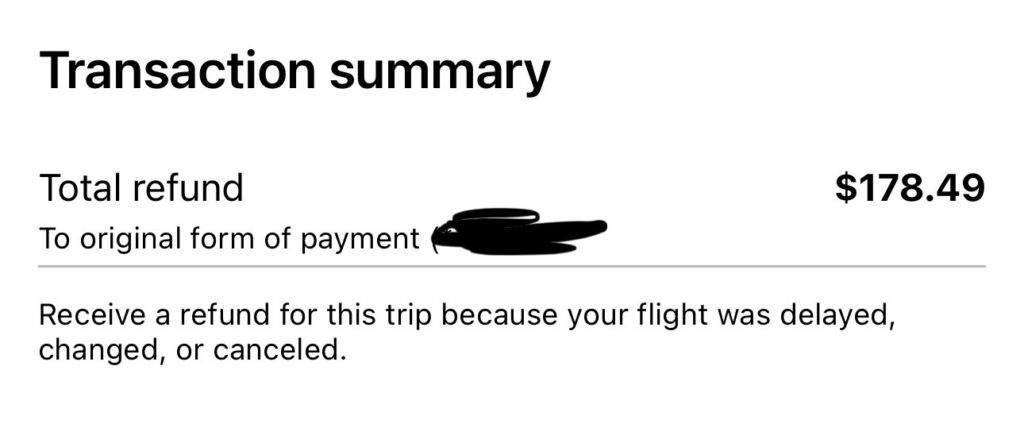
After voluntarily deplaning, I went over my options on what to do next. My schedule was flexible, as I didn’t have to be in Boston until Monday evening. I basically had an extra day of padding, so this worked in my favor.
I considered trying to make it to Boston the next morning, but flights were nearly all full.
Eventually, I decided to cancel this United trip, take an Amtrak Acela train the following morning to New York City, and spend the rest of the weekend at the apartment there. Then, I’ll head to Boston on Monday.
I got my Amtrak tickets, got a hotel for the night, and headed back to DC.
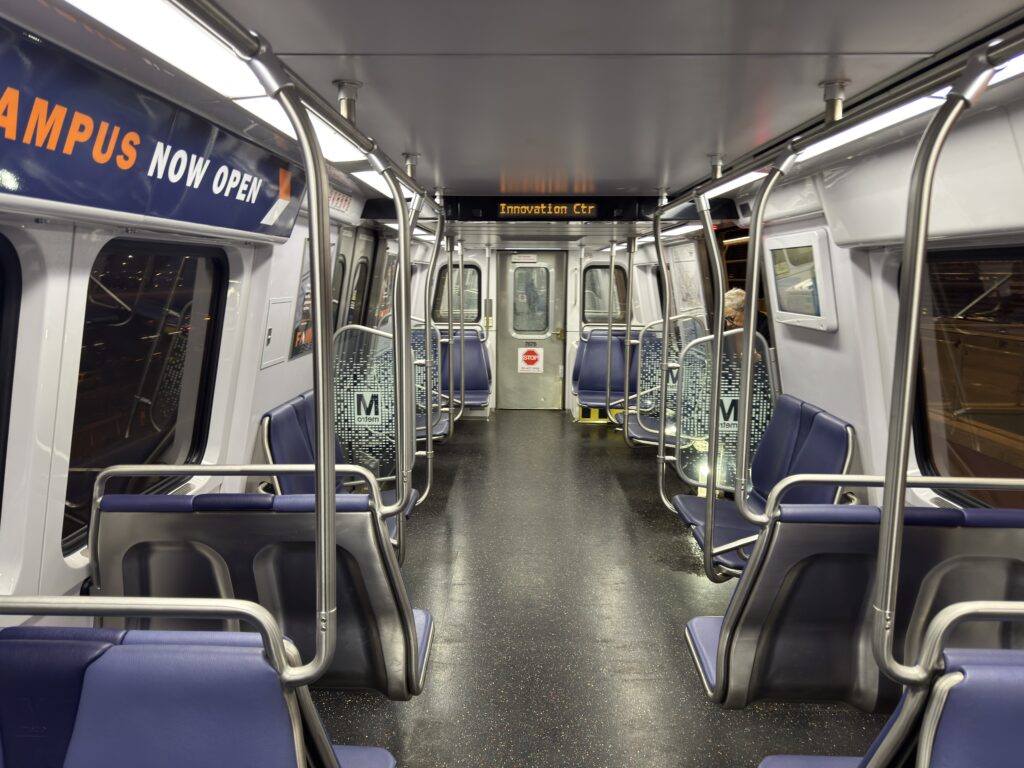
I was quite tired, but I wasn’t exhausted and defeated like I was last year during the delay and cancellation at Detroit. I’ve learned a lot about ATC and FAA regulations over time, and this knowledge, coupled with the experience from last year helped me gain control of this situation.
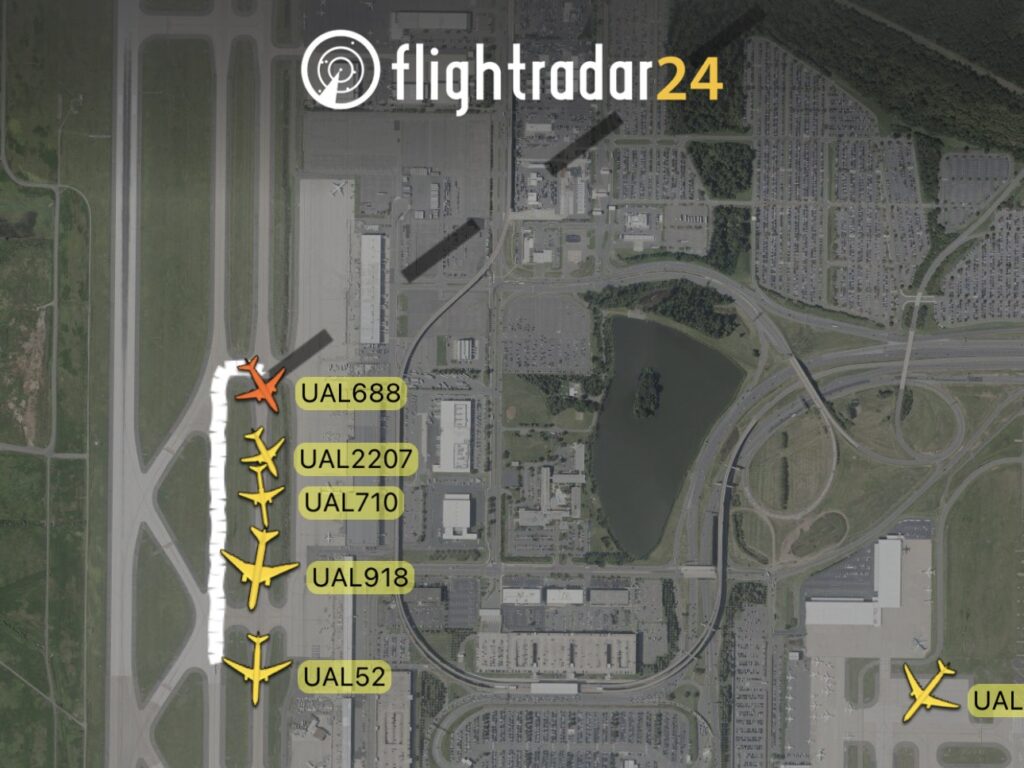
While I was cancelling this United trip and making my way to my DC hotel, my original flight UA688 proceeded to sit on the taxiway for over 2 hours without any movement. Passengers on that plane had now been on there for almost 4 hours straight without going anywhere.
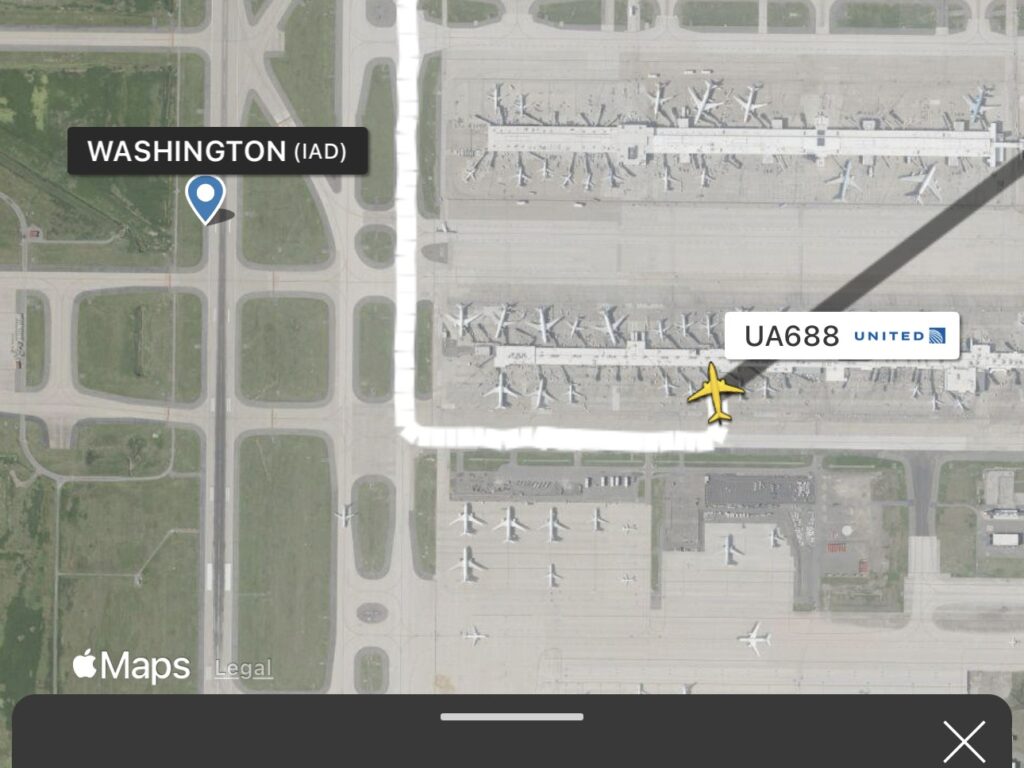
The flight then returned to the gate at around 9:30pm. Brutal.
I’d Rather Be at a Hyatt
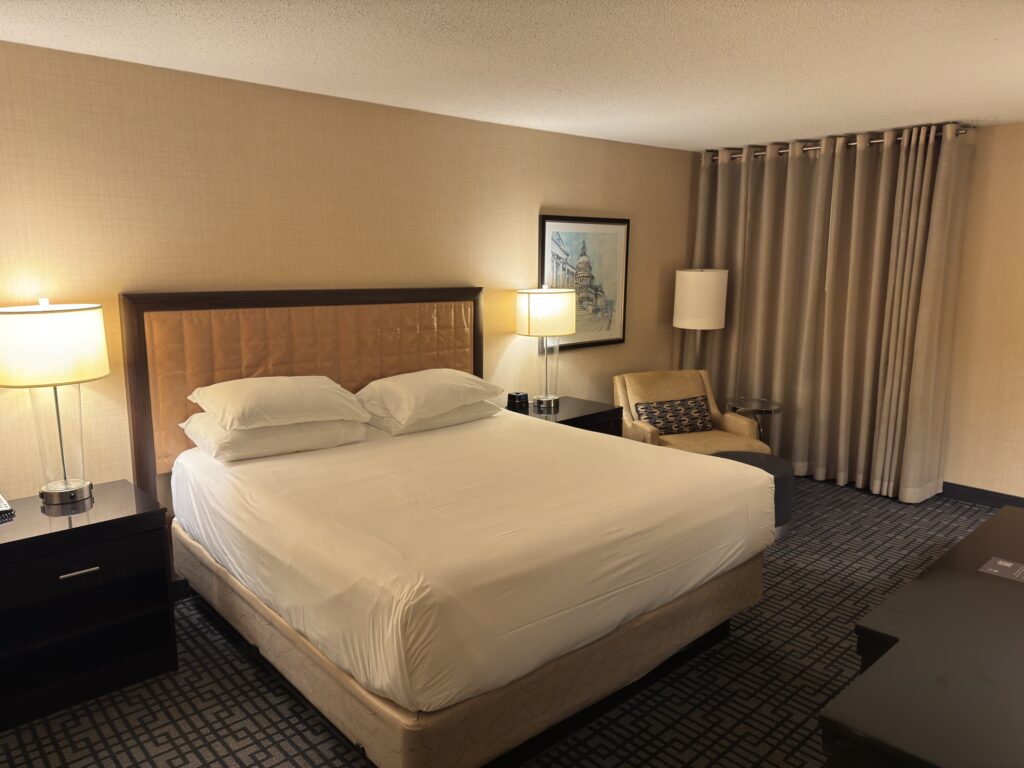
Although I wish I had gotten to Boston, there wasn’t anything I could do about the weather delay. I was happy to arrive at the Hyatt Regency near Union Station, which is where I would be departing for New York the following morning.
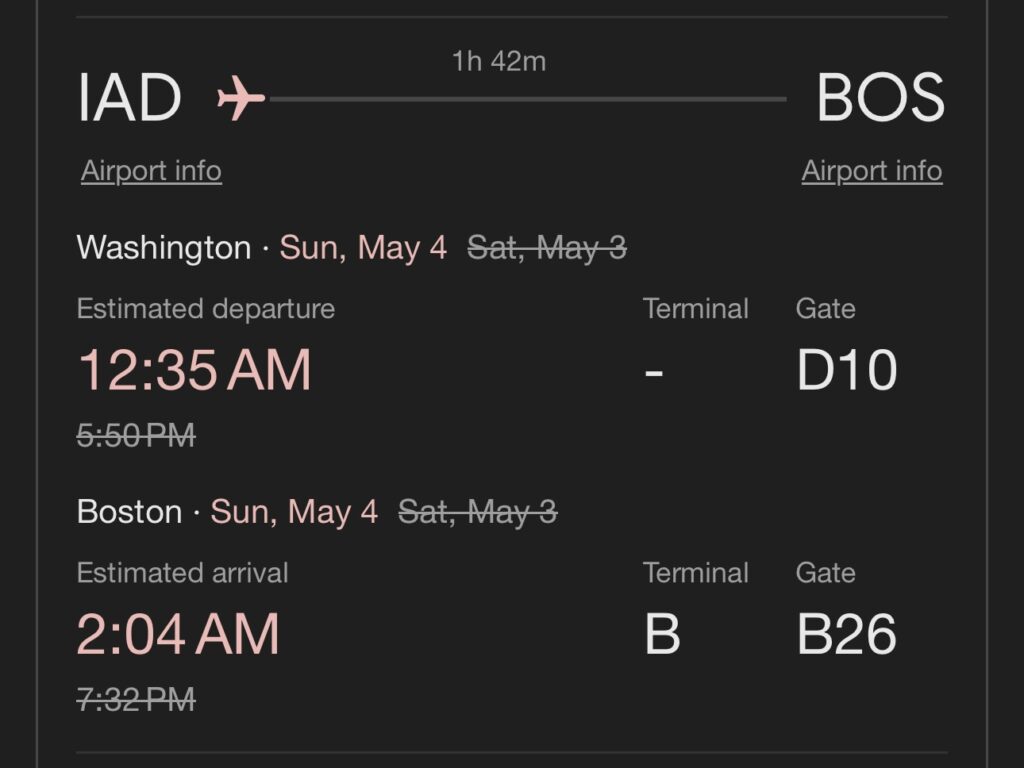
As I was getting ready for bed at the hotel, I kept checking the status of my flight out of curiosity. It was only getting worse.
The flight originally had 10:50pm listed as its new departure time after returning to the gate. However, that departure time kept getting pushed back, and they were scheduled for 12:35am when I checked before going to sleep.
It was awfully clear to me that I had made the right choice to voluntarily deplane.
Concluding Thoughts
It does hurt to know that I would’ve made it to Boston had my standby cleared for the 3:55pm flight. But that’s the glamour of air travel, and there’s nothing I can do about that or the weather.
I could’ve stuck it out with my flight and arrived in Boston at 2:30 in the morning. However, sitting on the ramp and taxiway for almost 4 hours, followed by 3 more hours of delays in the terminal approaching midnight, is not a good feeling. Although that flight had made it eventually, I preferred the comfort of knowing that I have a Hyatt bed waiting for me and a confirmed Acela ticket for the following morning. My flexible schedule also allowed me to do this, and I did make it to New York the next morning.
I highly recommend booking morning flights to avoid delays like this. Afternoon and evening flights tend to have more delays in general, but since many thunderstorms tend to occur in the afternoon hours, this puts those flights at higher risk.
Hopefully I won’t have to write another one of these posts anytime soon!
Featured image by the author.

